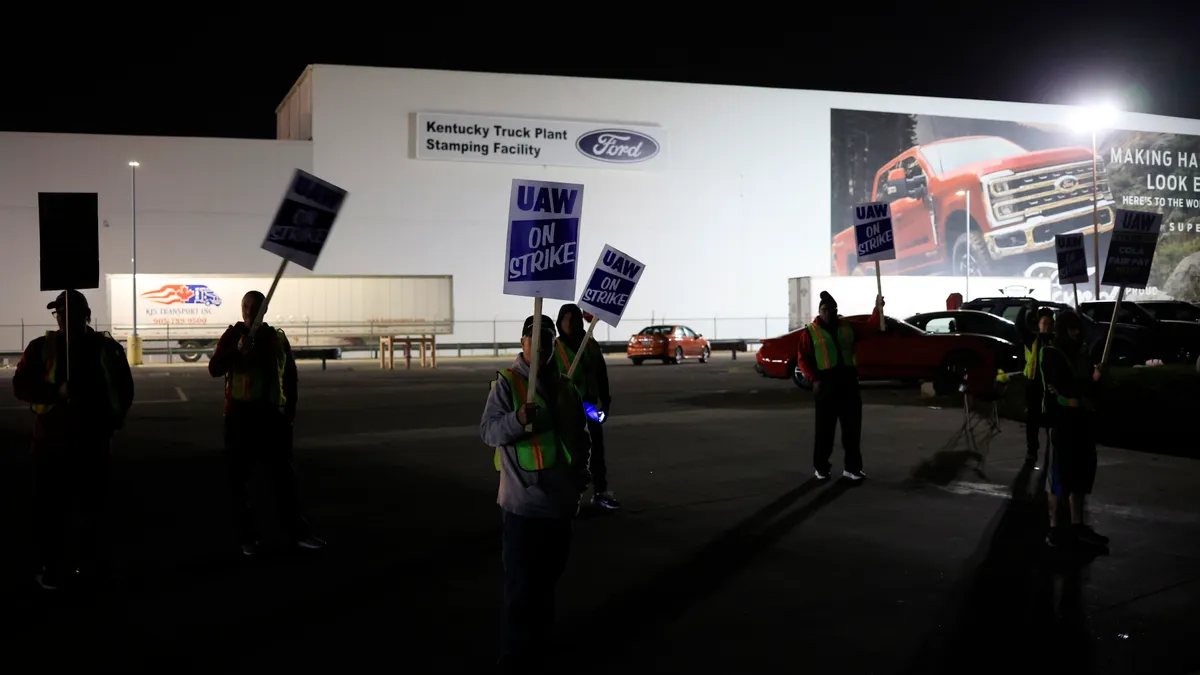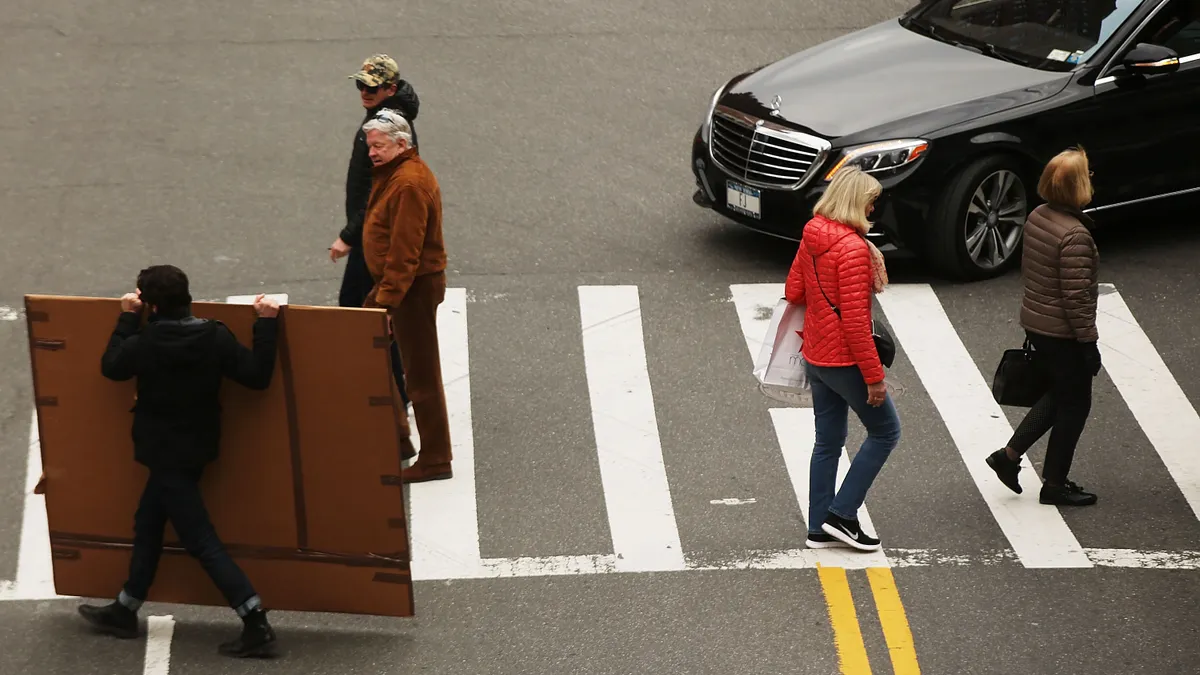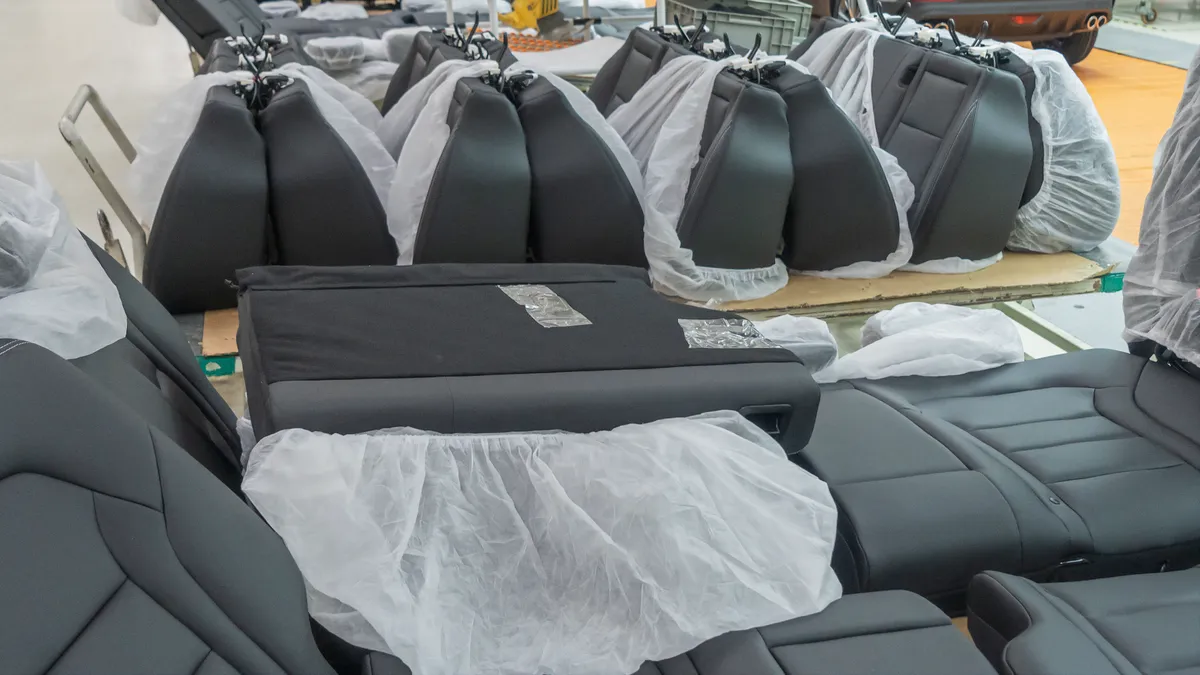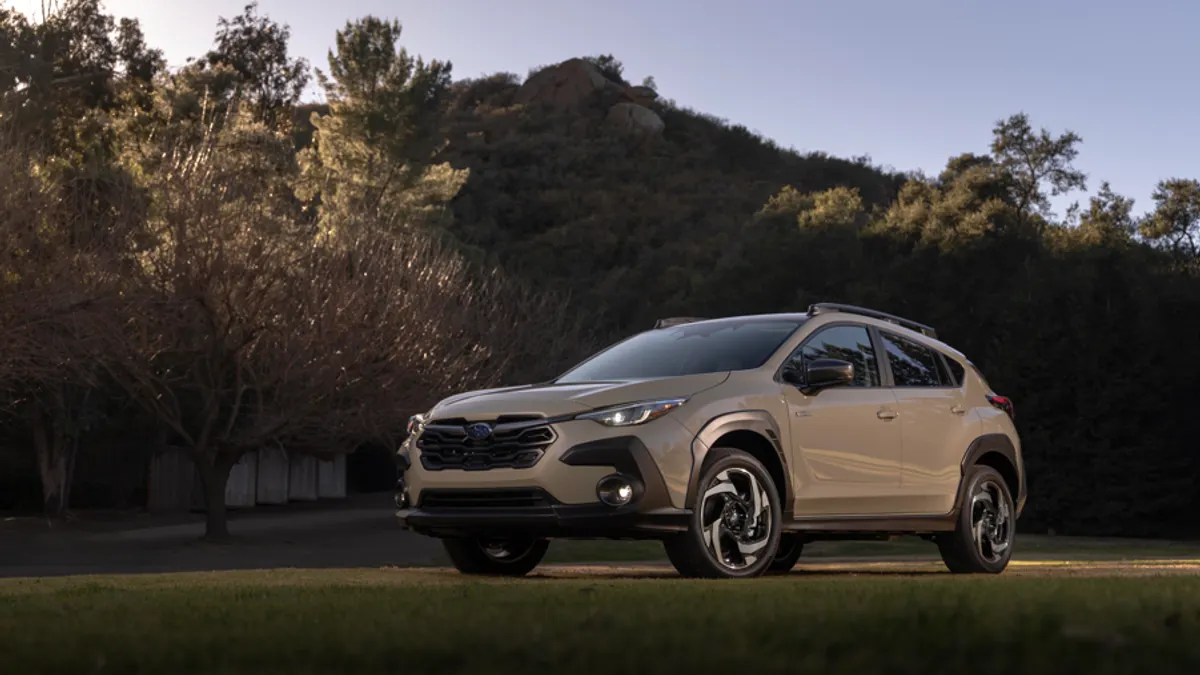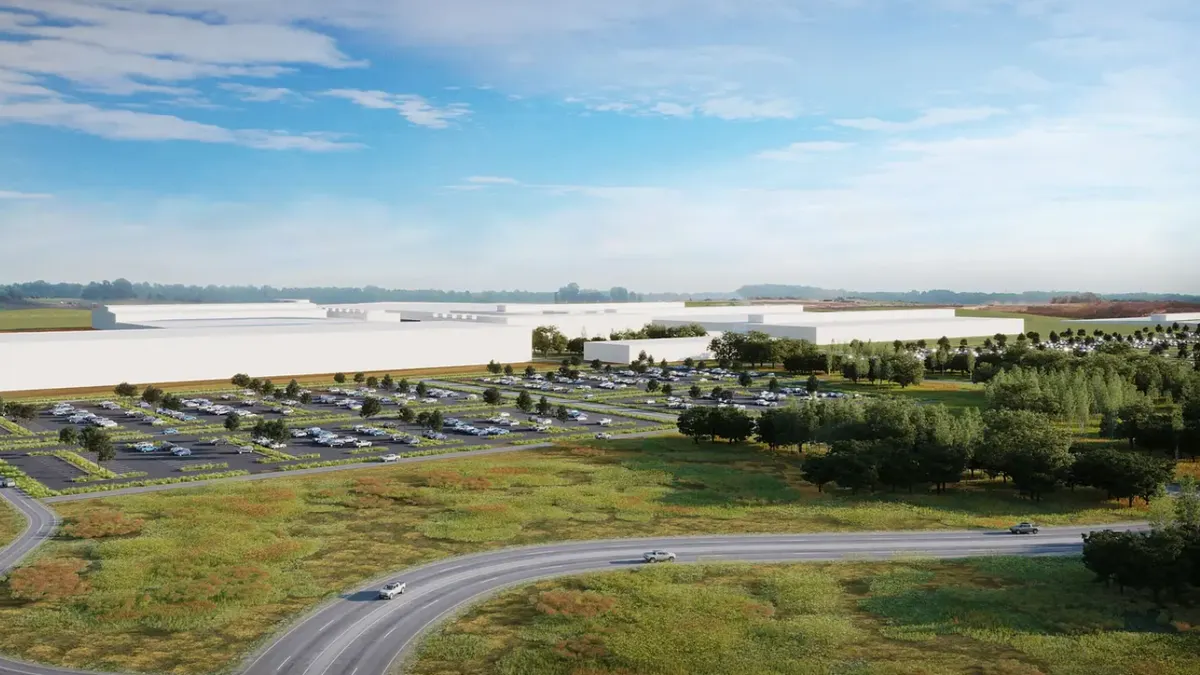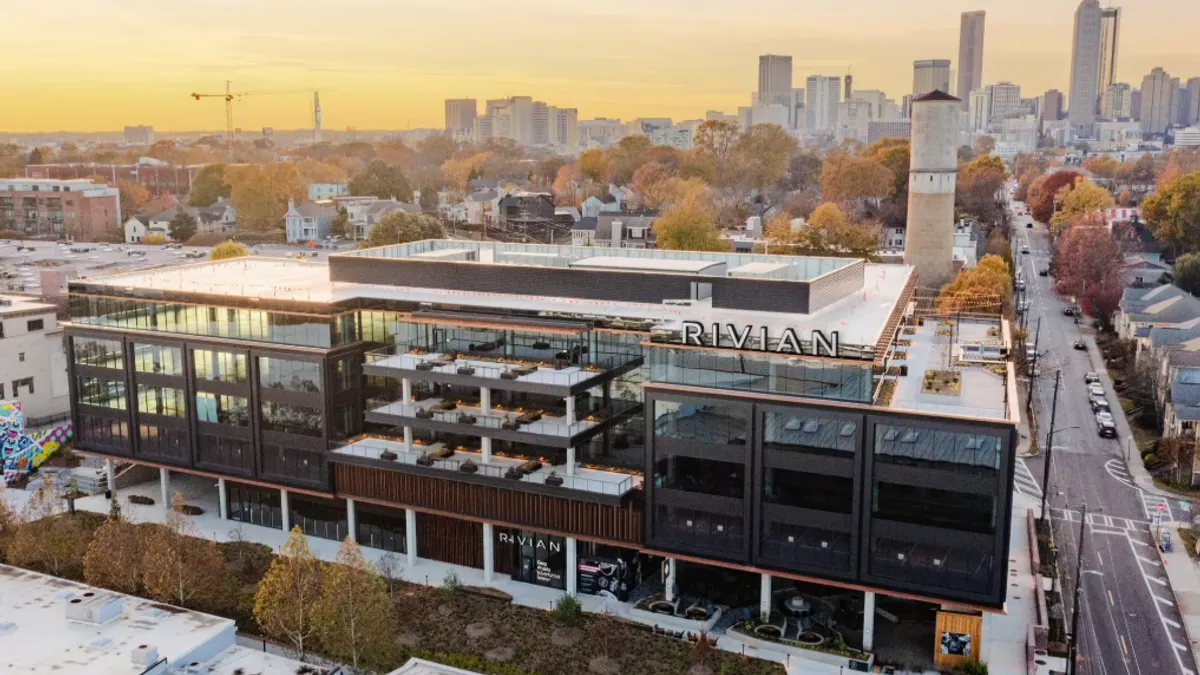After a surprise strike was announced Wednesday evening against Ford that resulted in roughly 8,700 workers walking off the job at the automaker’s Kentucky Truck Plant, UAW President Shawn Fain took to social media Friday morning to announce more aggressive strike measures were likely coming for the Big Three.
During a livestream event, Fain said there were no new strikes planned, but that the union may call for additional strikes without notice.
“Moving forward, we will be calling out plants when we need to, where we need to, with little notice. So stay ready,” Fain said.
The threat of more unannounced strikes could pressure the Big Three automakers to make a deal with the UAW.
“Taking out Kentucky Truck sent a very clear message not only to Ford but to GM and Stellantis as well,” Fain said Friday. “Don’t you dare slow walk us or low ball us. We will take out whatever plants they force us to.”
The Kentucky factory, which generates $25 billion in annual revenue for Ford, assembles the automaker’s Super Duty F-Series pickups, as well as the Expedition and the Lincoln Navigator SUVs. The walkout at the Ford truck plant is the largest since the strike began last month.
“It’s time for a fair contract at Ford and the rest of the Big Three,” Fain said Wednesday evening after announcing the strike at Ford’s truck plant. “If they can’t understand that after four weeks, the 8,700 workers shutting down this extremely profitable plant will help them understand it.”
On Thursday, Ford responded to the UAW’s demands. During a call with reporters, Ford Blue President Kumar Galhotra said the automaker cannot boost its current offer to the UAW without becoming uncompetitive. However, Galhotra said Ford is open to reallocating funds in its current UAW offer to secure an agreement, but will not offer more.
"We have reached our limit," Galhotra said. "We've actually stretched ourselves to get to this point. We're open to moving some money around within the deal that might fit the union's needs better. But broadly speaking, from an overall cost of the deal perspective, yes, we're there."
Ford Chief Supply Chain Officer Liz Door said the Kentucky Truck Plant strike would result in more layoffs as the plant shutdown further disrupts the automaker’s supply chain.
“The ripple effects of the UAW strike are extending far beyond Ford,” said Door. “The work stoppage at Michigan Assembly Plant and Chicago Assembly Plant have forced more than 13,000 layoffs, so far at nearly 90 supplier sites. The fragile supply chain will be nudged further toward collapse with this strike at Kentucky Truck Plant.”
Ford is also working with the UAW to include workers at joint-venture electric vehicle battery plants into a new agreement.
On Wednesday, Ford’s joint venture battery company BlueOval SK announced in a press release it was offering higher wages for maintenance technicians and associate maintenance at battery plants in Stanton, Tennessee, and Glendale, Kentucky.
“These new, higher wages are more competitive and in line with the current market,” Neva McGruder Burke, BlueOval SK human resources director, said in a press release.
The strike at Ford’s Kentucky plant that builds some of the automaker’s most profitable vehicles follows nearly four weeks of tense negotiations without significant progress in meeting the union's aggressive demands.
“The revenue generated by our members of Kentucky Truck is so high that if the plant were its own standalone business, it would rank in the Fortune 500,” said Fain on Friday. “We're not messing around, and negotiation requires both sides.”
Including the roughly 8,700 employees off the job at the Kentucky plant, the automaker reports that over 16,600 of its workers are now on strike, including an additional 3,300 workers at its Michigan Assembly Plant and 4,600 at its Chicago Assembly Plant. Around 1,920 additional employees have been laid off since the strike began last month.
The UAW strike began at midnight Sept. 15 after labor contracts with the Big Three automakers expired. However, rather than a full walkout, UAW opted for a “stand up and strike strategy” targeting key locations to get its message across, which includes wage increases of roughly 40% over the life of a new contract.
The union is also demanding cost-of-living adjustments, more paid time off and the ability to strike against plant closures. It has also proposed ending tiered wages and benefits, including 90 days for members to reach the maximum wage rate, as well as restoring pensions and retiree healthcare.



